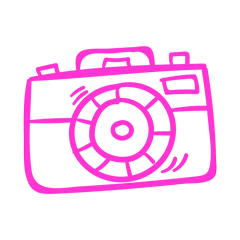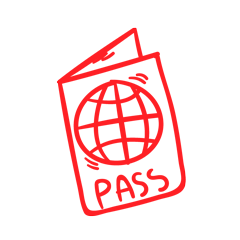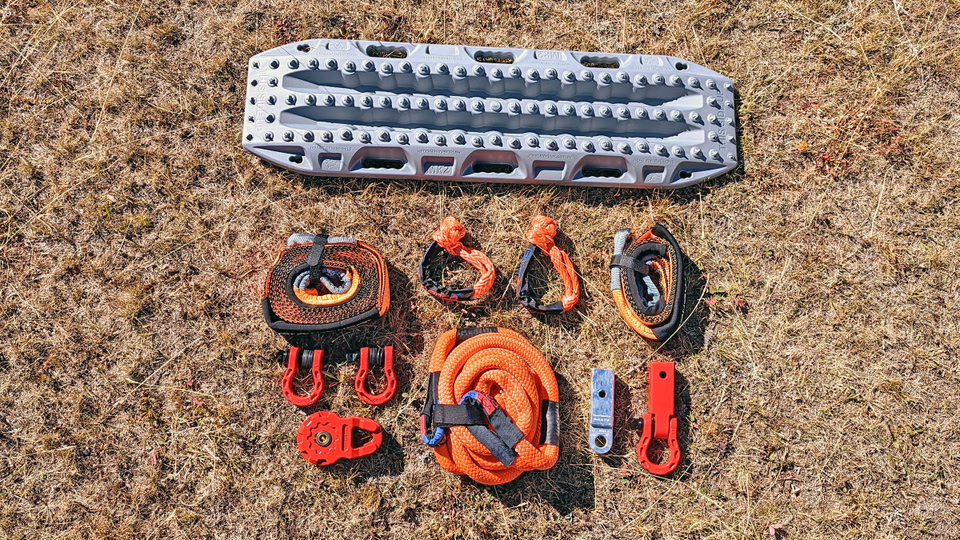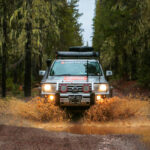Overlanding combines adventure, exploration, and self-sufficiency, often taking travelers into remote and challenging terrains. For any overlander, the ability to navigate rough trails safely and recover a vehicle if it becomes stuck is paramount. This is where overlanding recovery gear becomes an indispensable part of your toolkit. Whether you are traversing sandy deserts, muddy forest paths, or snowy mountain roads, having the right recovery equipment ensures safety, protects your vehicle, and provides peace of mind.
- Introduction to Overlanding Recovery Gear
- Importance of Having Recovery Gear for Overlanding
- Essential Overlanding Recovery Gear Items
- Best Recovery Gear for Overland Adventures
- Recovery Gear Safety Tips and Best Practices
- Integrating Recovery Gear into Your Overlanding Setup
- Recommended Recovery Gear Checklist (Table Format)
- Frequently Asked Questions (FAQ)
- Conclusion & Call-to-Action
This comprehensive guide will explore the essential tools for off-road safety, including winches, traction boards, recovery straps, and other critical equipment. Additionally, we will discuss best practices, organization tips, and recommended gear for overlanders at all experience levels.
Introduction to Overlanding Recovery Gear
Overlanding recovery gear refers to specialized tools and equipment designed to assist vehicles when they become immobilized due to difficult terrain. Unlike traditional road trips, overlanding involves off-road driving where trails can be unpredictable, surfaces may be unstable, and external assistance is often unavailable.
The primary goal of recovery gear is to enable self-sufficiency. Well-prepared overlanders can navigate challenging conditions with confidence, minimize risk to themselves and their vehicles, and ensure a smoother overall journey. The following sections will cover the importance of recovery gear, detailed descriptions of essential tools, and tips for safe and effective usage.
Importance of Having Recovery Gear for Overlanding
Safety and Risk Management
Overlanding can lead to situations where vehicles become stuck in mud, sand, snow, or rocky terrain. Without proper recovery equipment, a simple off-road excursion can escalate into a dangerous scenario. Having the right gear:
- Reduces the risk of injury during vehicle recovery
- Ensures travelers are not stranded in remote locations
- Allows multiple options for safely extricating a vehicle
Vehicle Protection
Improper recovery methods can damage tires, suspension components, and vehicle bodywork. Overlanding recovery gear provides the tools to recover vehicles safely and efficiently, minimizing wear and tear. Tools like winches, traction boards, and recovery straps allow controlled extraction, reducing the likelihood of costly repairs.
Peace of Mind and Confidence
Knowing that you have essential recovery equipment boosts confidence during off-road travel. Overlanders are more willing to explore challenging trails, understanding that they are prepared for unexpected obstacles. This preparation encourages safe and enjoyable adventures.
Essential Overlanding Recovery Gear Items
Winch for Overlanding
A winch for overlanding is a motorized device that pulls your vehicle out of difficult situations. Winches are available in several types:
- Electric Winches: Powered by the vehicle battery, ideal for most overland vehicles.
- Hydraulic Winches: Powered by the vehicle’s hydraulic system, offering continuous operation.
- Manual Winches: Require physical effort, suitable for lightweight vehicles or emergencies.
Key considerations:
- Weight rating appropriate for your vehicle
- Cable type (steel or synthetic rope)
- Mounting position and vehicle compatibility
- Regular maintenance to ensure reliability
Traction Boards
Traction boards provide a stable surface under tires when driving through sand, mud, or snow. They are lightweight, portable, and often made from durable materials such as reinforced nylon or high-density plastic.
Benefits:
- Quick deployment to regain traction
- Durable and reusable
- Can double as a recovery platform or vehicle ramp
Usage tips:
- Place under the tires before attempting to drive out
- Ensure proper alignment to avoid vehicle slippage
- Carry gloves to prevent injury while handling
Recovery Straps and Tow Ropes
Recovery straps are essential for pulling vehicles out of tough spots. Two main types exist:
- Kinetic Straps: Stretch under load, ideal for dynamic recovery with minimal vehicle shock.
- Static Straps: Do not stretch, suitable for winching and towing operations.
Best practices:
- Choose straps with appropriate weight ratings
- Use proper attachment points such as D-rings or recovery shackles
- Inspect straps regularly for wear and damage
Shackles and D-Rings
Shackles and D-rings serve as secure connection points between straps, winches, and vehicles. Properly rated hardware ensures that recovery operations are safe and effective.
Tips:
- Match shackle ratings with your vehicle’s weight
- Avoid using worn or damaged shackles
- Use safety pins or bolts to secure connections
Hi-Lift Jacks and Accessories
Hi-Lift jacks are versatile tools used for lifting vehicles, changing tires, and recovering stuck vehicles. They are particularly useful for vehicles with large tires or lifted suspensions.
Safety precautions:
- Always use on stable surfaces
- Never place body parts under a lifted vehicle
- Combine with jack bases or mats for uneven terrain
Other Essential Recovery Equipment
Other items enhance recovery safety and efficiency:
- Snatch blocks: Increase winch pulling power
- Gloves: Protect hands from rope burns and sharp objects
- Recovery mats: Provide additional traction in slippery conditions
- Tire deflators: Aid in adjusting tire pressure for soft surfaces
These items collectively form a robust recovery kit, ensuring preparedness for any off-road scenario.
Best Recovery Gear for Overland Adventures
Premium Gear Options
High-end recovery gear combines durability, efficiency, and advanced features. Examples include:
- Heavy-duty electric winches with synthetic ropes
- Reinforced traction boards with high load capacity
- Professional-grade recovery straps with kinetic properties
Pros: Long-lasting, reliable in extreme conditions, suitable for frequent overlanders
Mid-Range Gear Options
Mid-range gear balances cost and performance. Ideal for weekend adventurers and occasional overlanders.
Examples:
- Standard electric winches for moderate trails
- Durable traction boards with moderate weight limits
- Recovery straps rated for typical 4×4 vehicles
Budget-Friendly Gear
Affordable gear provides essential recovery capability without premium features. Suitable for beginners and casual off-roaders.
Examples:
- Manual winches or basic electric models
- Lightweight traction boards
- Static recovery straps
Even budget gear should meet minimum safety and load requirements to ensure effectiveness.
Recovery Gear Safety Tips and Best Practices
- Always anchor winches to rated points
- Use tree protectors when anchoring to trees
- Stand clear of tensioned straps and cables during recovery
- Avoid sudden jerks or high-speed pulls
- Communicate clearly with recovery partners
Following these practices reduces risk and ensures smooth recovery operations.
Integrating Recovery Gear into Your Overlanding Setup
Organizing recovery equipment improves accessibility and reduces response time in emergencies. Suggestions include:
- Mounting winches permanently on the vehicle front or rear
- Storing traction boards and straps in easily accessible compartments
- Labeling gear for quick identification
- Combine with general overlanding setup organization
Internal Link: For ideas on vehicle organization and camp setup, see Overlanding Kitchen Setup: Cooking Gear and Camp Kitchen Ideas.
Recommended Recovery Gear Checklist (Table Format)
| Gear Item | Purpose | Notes |
|---|---|---|
| Winch | Vehicle extraction | Electric or hydraulic, rated for vehicle weight |
| Traction Boards | Regain tire traction | Durable, lightweight, reusable |
| Recovery Straps | Towing and pulling | Kinetic or static, weight-rated |
| Shackles/D-Rings | Secure connection points | Match load rating to vehicle |
| Hi-Lift Jack | Lifting and recovery | Use with stable base |
| Gloves | Safety | Protect hands from rope burns and sharp edges |
| Snatch Block | Winch efficiency | Increases pulling power |
| Recovery Mat | Additional traction | Useful in mud or sand |
Frequently Asked Questions (FAQ)
Q1: What recovery gear is essential for overlanding?
A: Essential items include a winch, traction boards, recovery straps, shackles/D-rings, and a Hi-Lift jack. Additional tools like gloves and snatch blocks enhance safety.
Q2: How do I safely use a winch for overlanding?
A: Always attach to rated points, use a tree protector if necessary, stand clear of tensioned cables, and operate slowly for controlled recovery.
Q3: Are traction boards reusable and durable?
A: Yes, high-quality traction boards are designed for repeated use in sand, mud, and snow, and can last many years with proper care.
Q4: How do I choose the right recovery strap?
A: Select a strap rated for your vehicle’s weight, decide between kinetic or static types, and ensure proper attachment to rated points.
Conclusion & Call-to-Action
Proper overlanding recovery gear is not optional—it is essential for off-road safety. From winches to traction boards, recovery straps, and supportive tools, every item plays a critical role in ensuring safe and successful adventures.
Overlanders who prepare with the right equipment enjoy enhanced confidence, minimize vehicle damage, and can tackle challenging terrain with peace of mind.
For comprehensive advice, expert recommendations, and tips on integrating recovery gear into your overlanding setup, consult Just Overland and take your off-road adventures to the next level.








